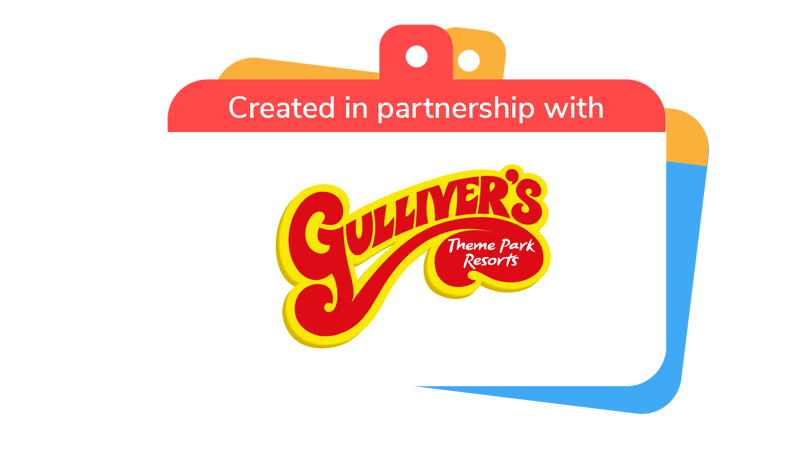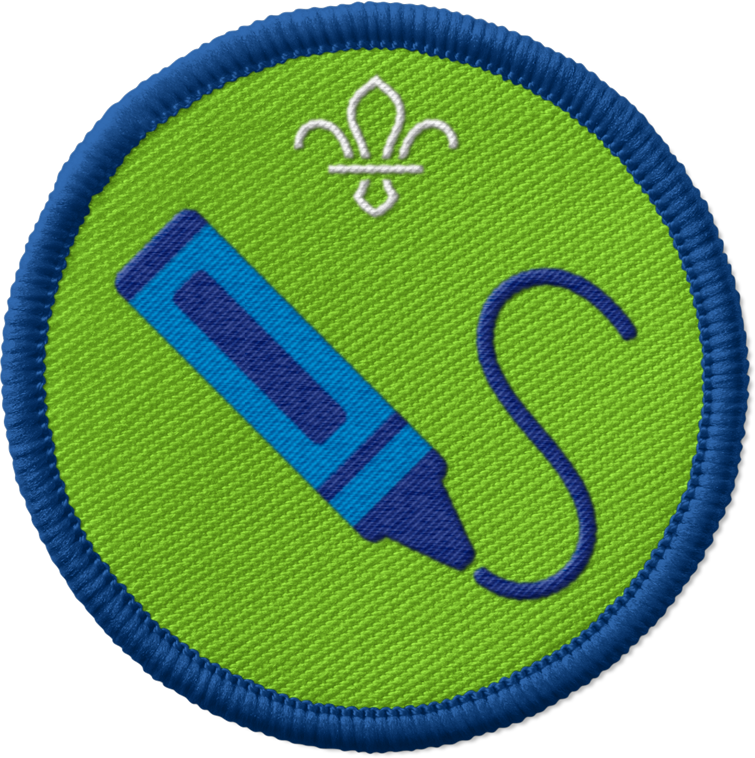
Try a jigsaw hunt
You’ll need
- Scissors
- Coloured pens or pencils
- Items to stick the jigsaw pieces up, such as sticky tack or sticky tape
- Puzzle pieces
Before you begin
- Use the safety checklist to help you plan and risk assess your activity. There's also more guidance to help you carry out your risk assessment, including examples.
- Make sure all young people and adults involved in the activity know how to take part safely.
- Make sure you’ll have enough adult helpers. You may need some parents and carers to help.
Planning and setting up this activity
- Choose a jigsaw size that’s suitable for your group.
- If you’re using our jigsaws, print out as many copies as you need and cut out the pieces. You can also use a blank jigsaw template, or you could draw and cut out jigsaw shapes on plain paper.
- If you’re using multiple jigsaws, mark the back of each of the jigsaw pieces with a colour or shape. This is so you know which pieces are for which jigsaw. Remember to do this before cutting out any jigsaw pieces.
Running this activity
- Explain to everyone that they’ll be taking part in a jigsaw hunt. If needed, ask everyone to get into small groups.
- Next, show everyone the jigsaw picture(s) you’ll be using, if your jigsaw has one. Explain that everyone will need to colour in at least one jigsaw piece each.
- Give everyone the blank jigsaw pieces and colouring pencils or felt tips, then give people time to colour the pieces in. Make sure that no-one sees each other’s designs or tries to match them up. When everyone has finished, collect all the jigsaw pieces back in.
- Next, hide the jigsaw pieces around the space. You could ask everyone to wait in a different location or have their eyes closed while you hide them. each team could hide the pieces for another team.
- Now, you’re ready to begin. Let everyone start searching for the puzzle pieces. If everyone’s working in smaller groups, make sure you show each group which colour or shape they are looking for on the back of the pieces.
- Once all the pieces have been found, ask the groups to make the jigsaws to see what colourful creations they’ve made.
Reflection
This activity gave everyone the opportunity to develop their skills and work together as a team to finish the jigsaws. How well did you work together as a team? Did you find all the pieces quickly? Did you help anyone else find their pieces of the jigsaw?
The activity allowed you to be creative and colour the jigsaw pieces in. What did your jigsaw look like when all the pieces were put together? Did any of the pieces look the same or did everyone do something different?
Safety
All activities must be safely managed. You must complete a thorough risk assessment and take appropriate steps to reduce risk. Use the safety checklist to help you plan and risk assess your activity. Always get approval for the activity, and have suitable supervision and an InTouch process.
- Active games
The game area should be free of hazards. Explain the rules of the game clearly and have a clear way to communicate that the game must stop when needed. Take a look at our guidance on running active games safely.
- Scissors
Supervise young people appropriately when they’re using scissors. Store all sharp objects securely, out of the reach of young people.
Crafting with younger sections: Be well prepared, with everything ready before you begin. Make sure equipment and materials are age appropriate. Make sure small objects are not put in mouths, ears and noses. Remind young people not to put anything in their mouth and wash hands regularly.
- To make this activity easier, use a jigsaw with fewer pieces, so it's easier to find and put together.
- To make this activity harder, use more jigsaws or a bigger jigsaw, so it’s harder to find and put together.
Make it accessible
All Scout activities should be inclusive and accessible.
Try some other activities created in partnership with Gulliver's
Why not think about doing a more challenging jigsaw or try making your own individually

